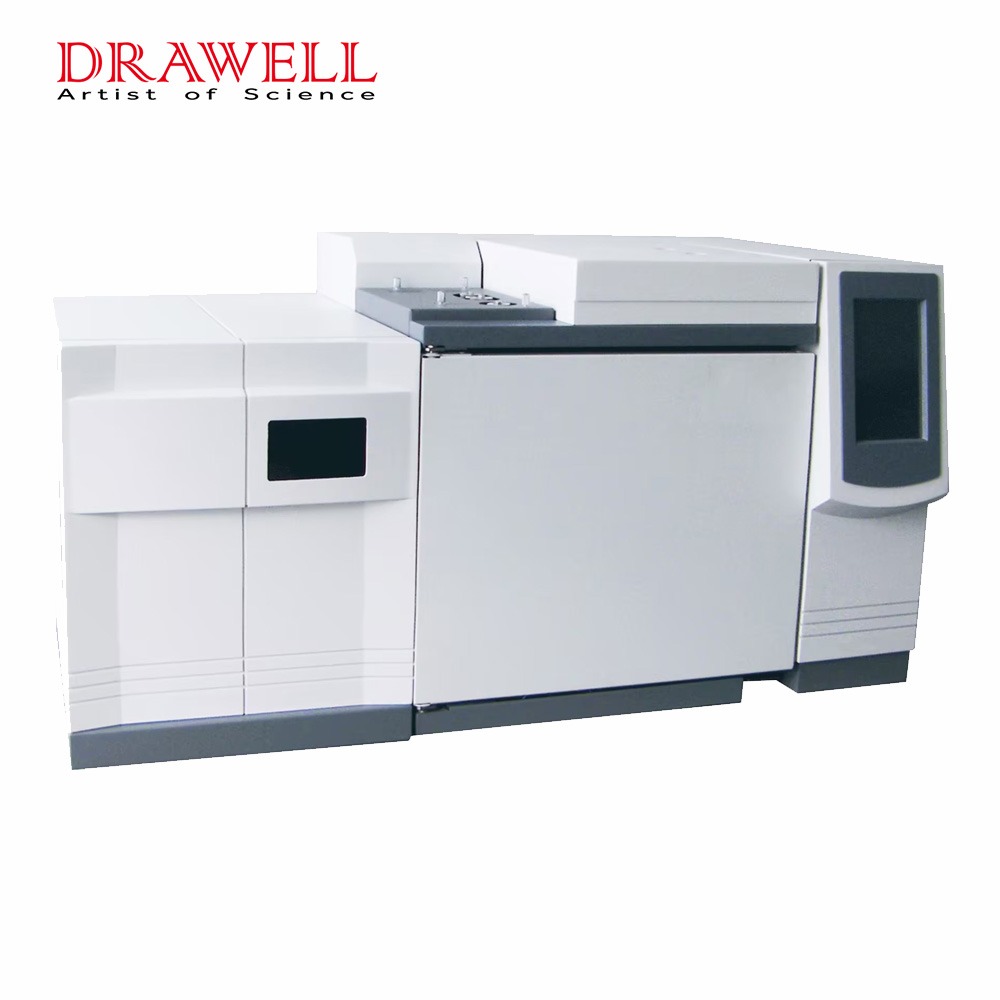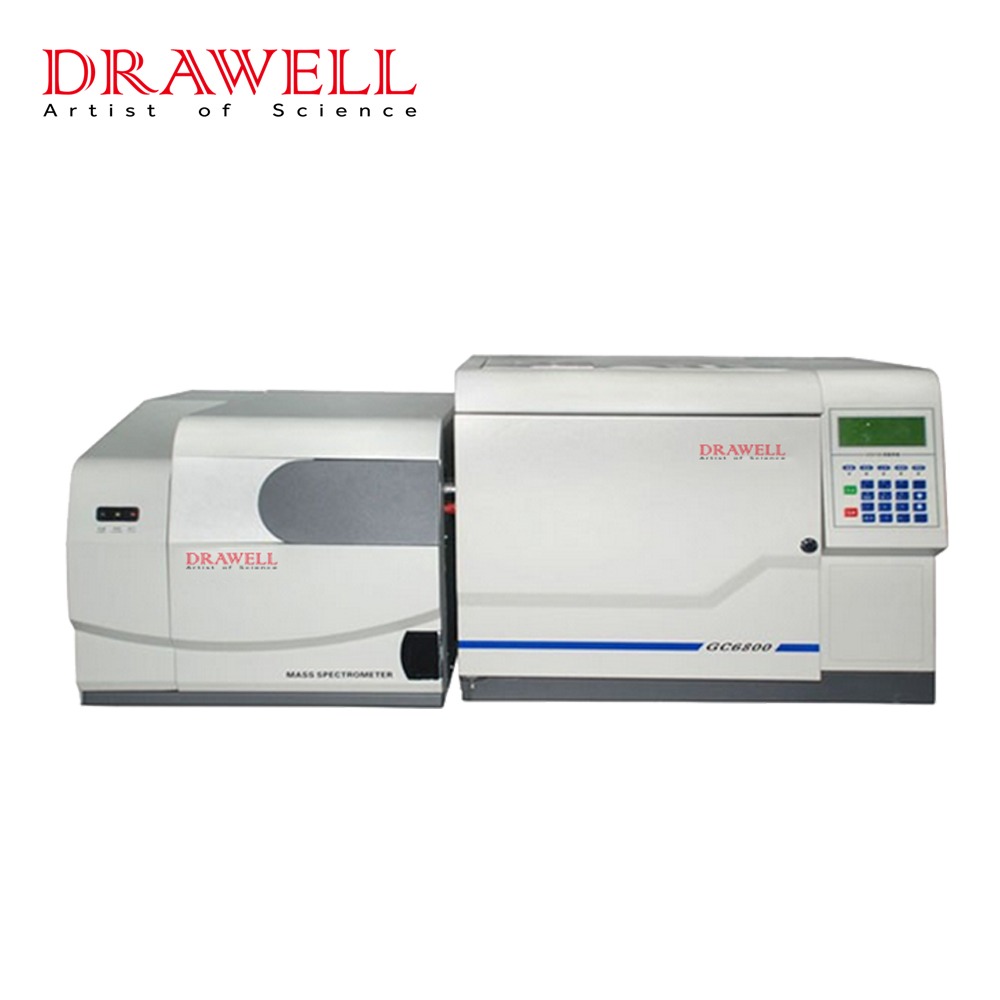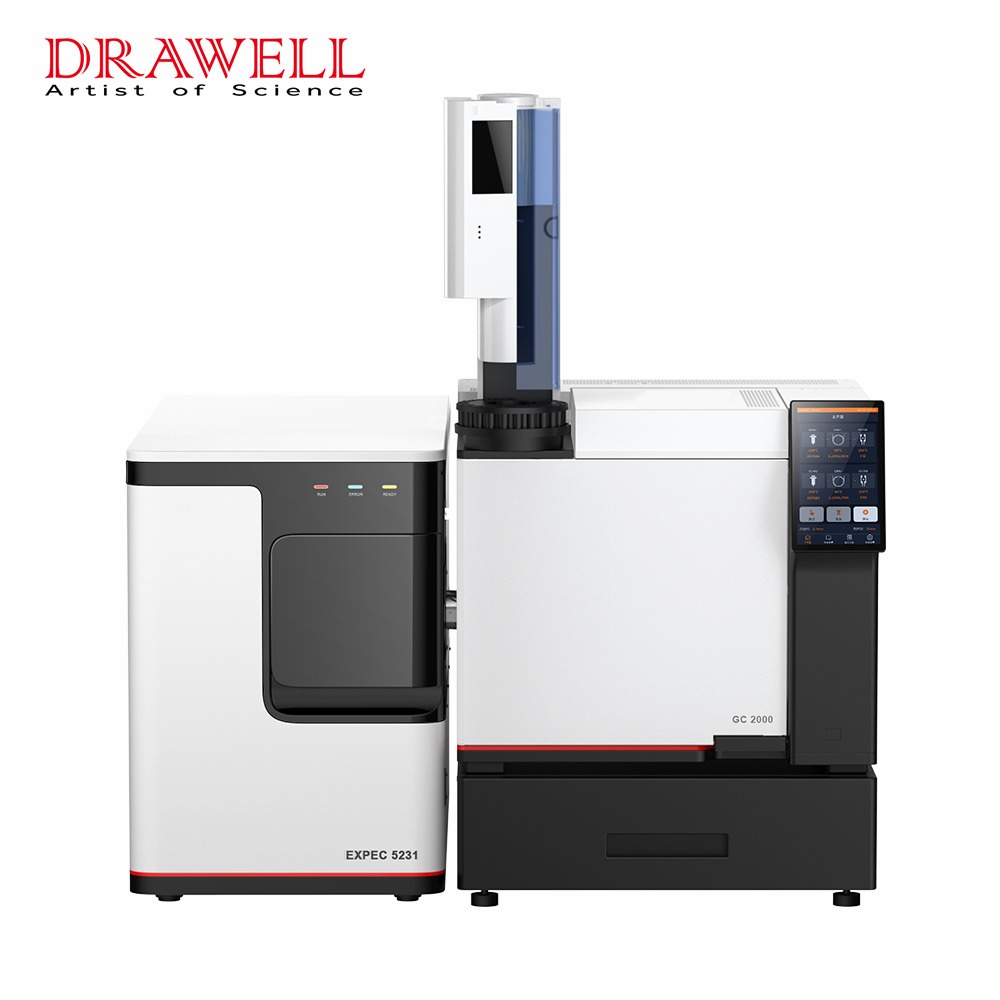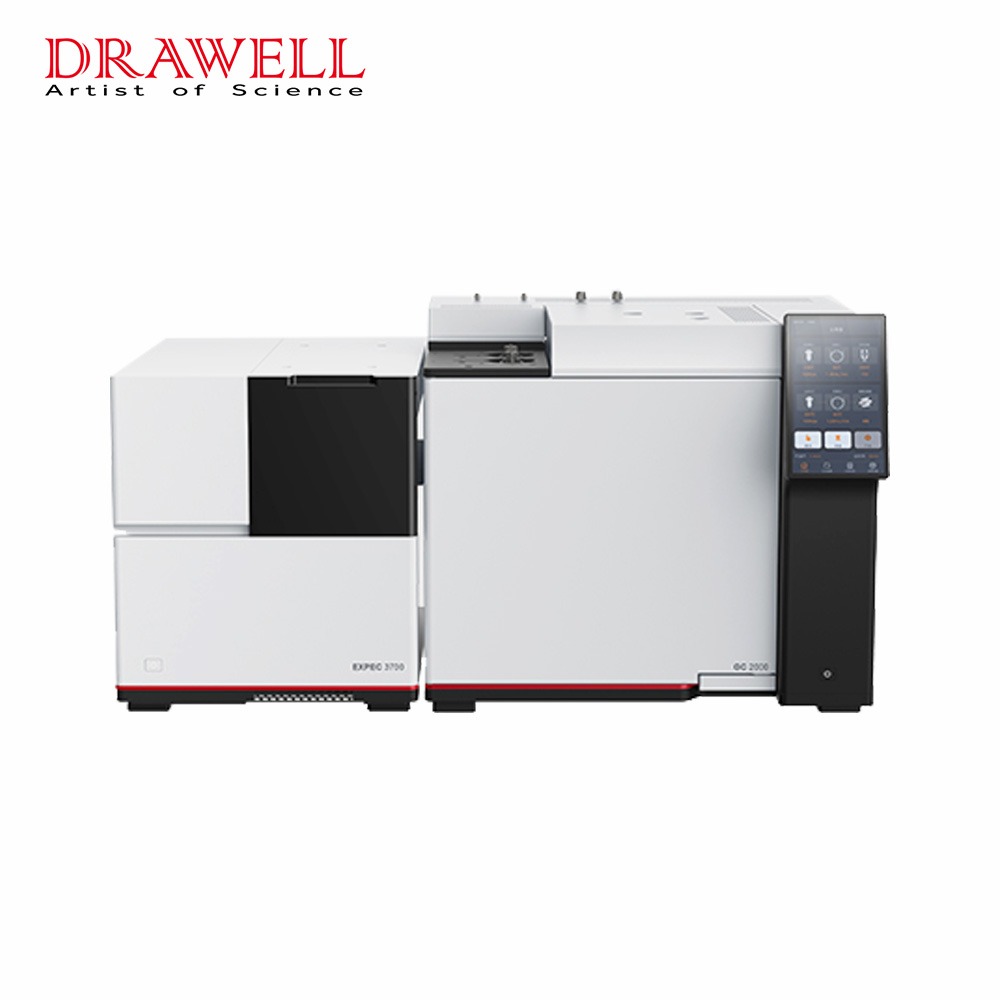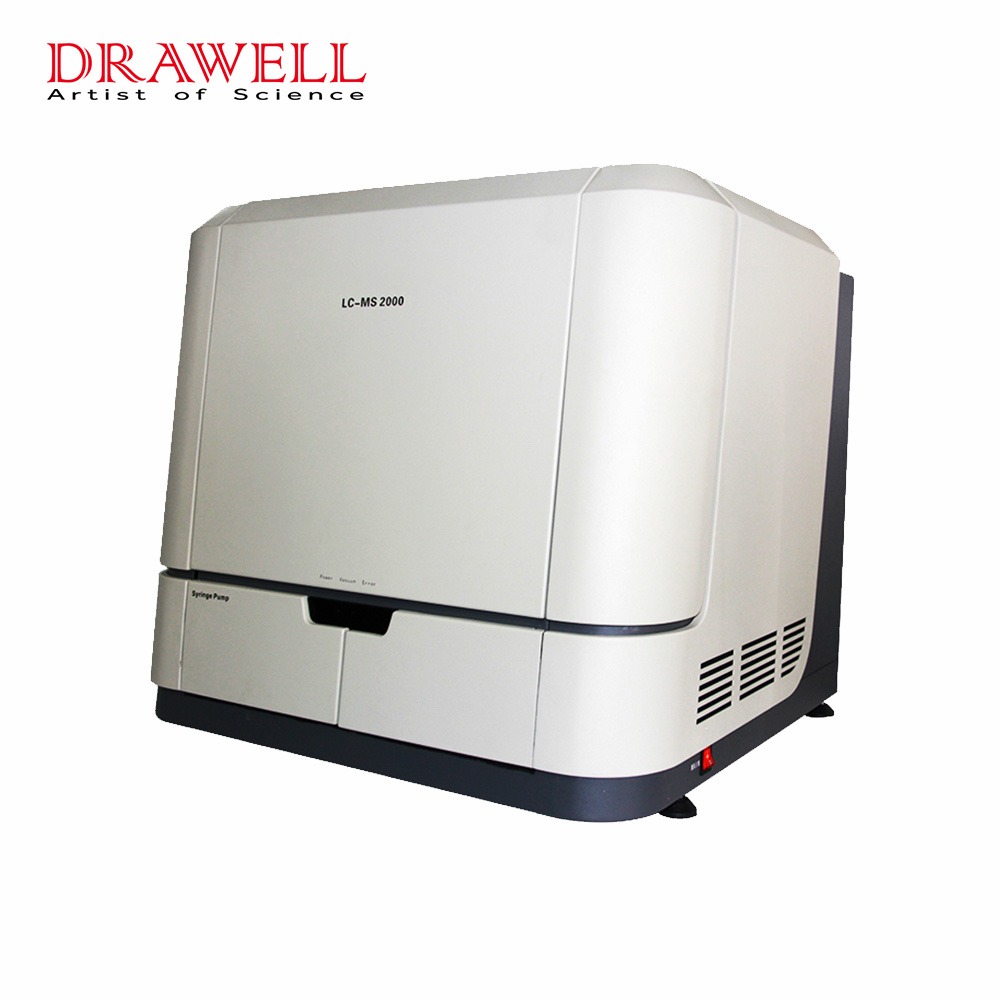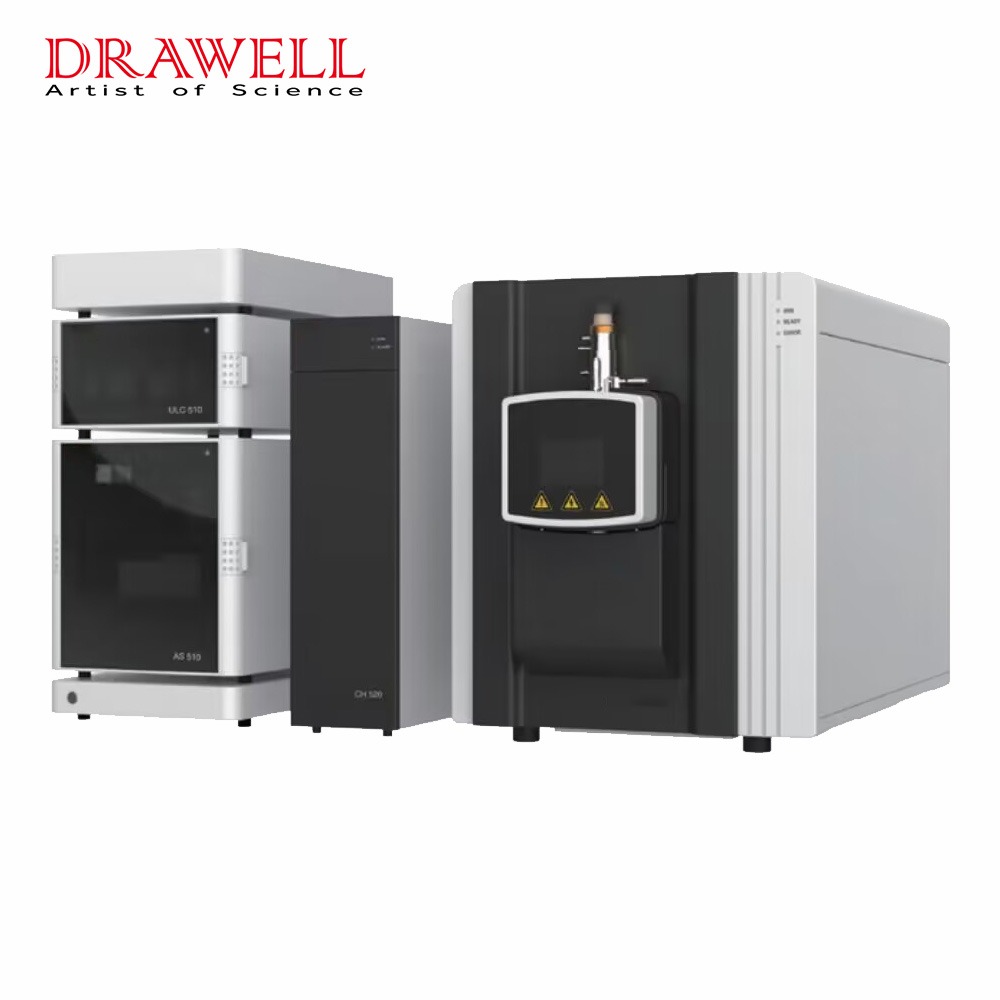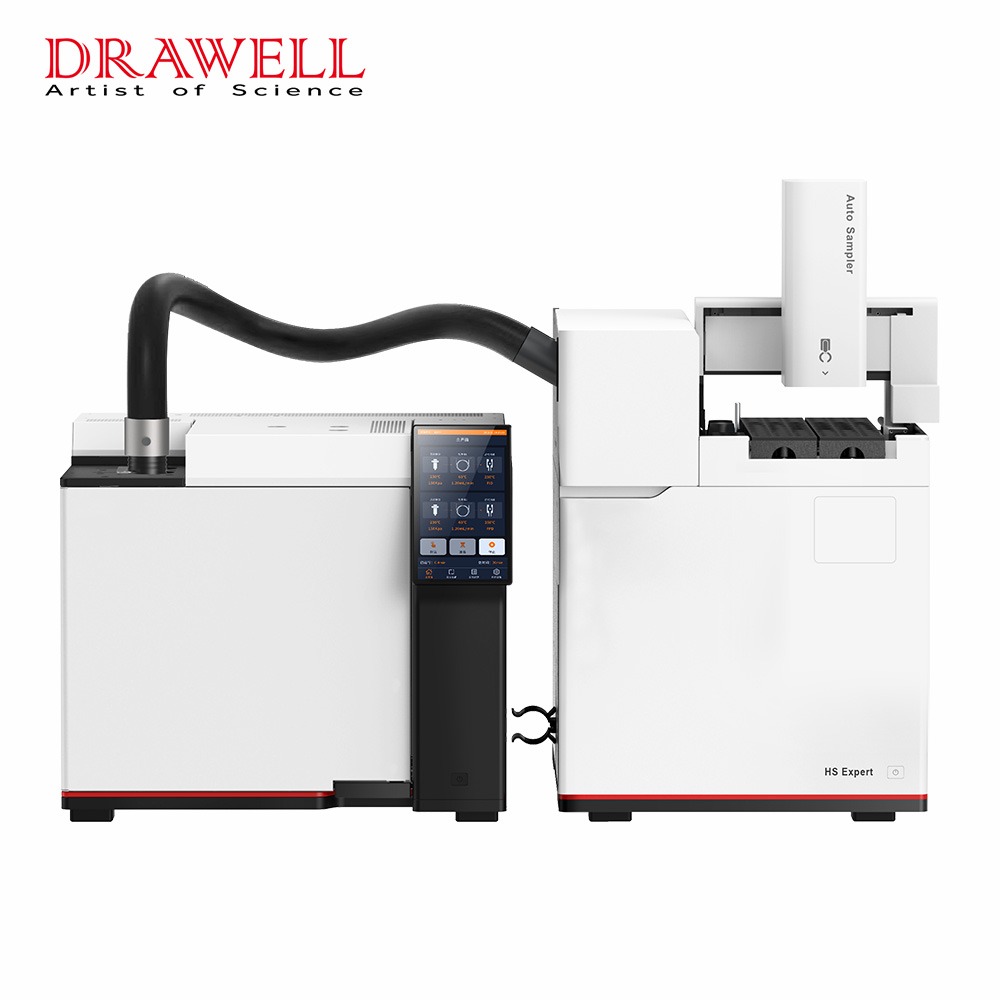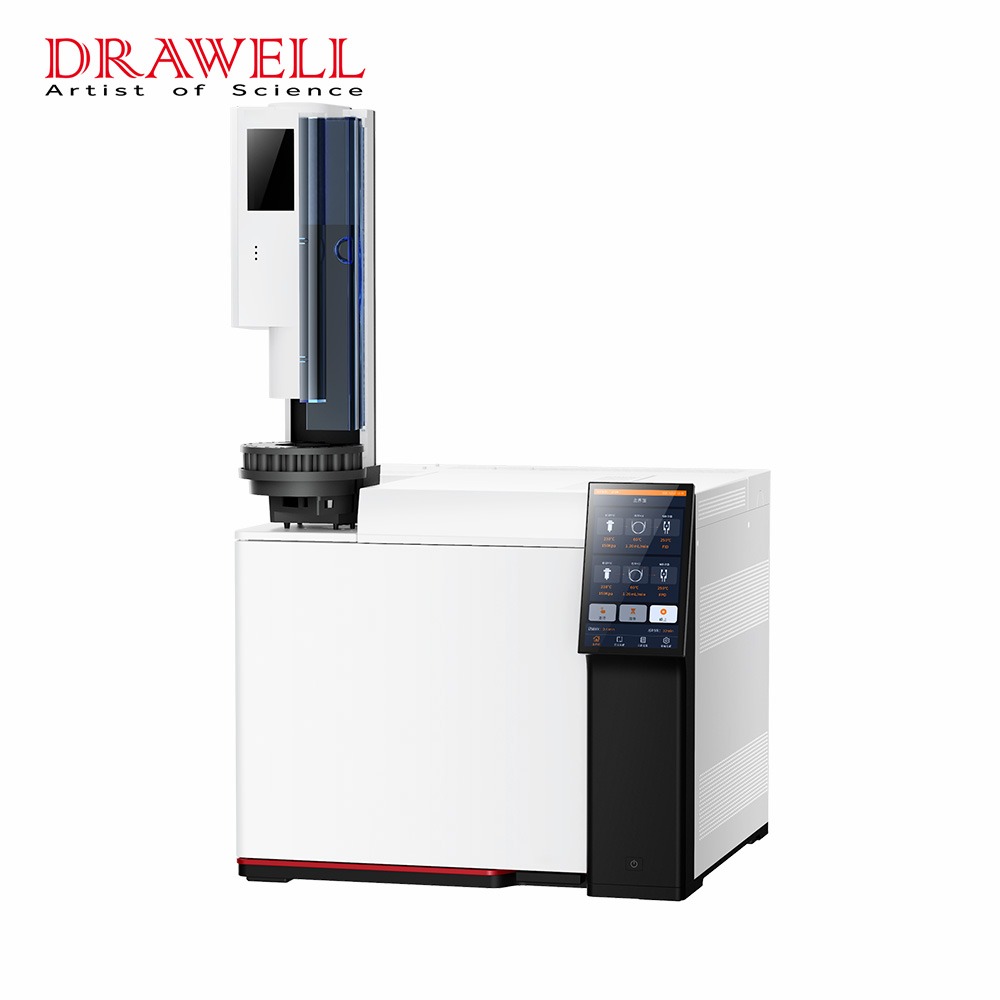Gas chromatography (GC) is a technique used in analytical chemistry to separate and analyze complicated mixtures of chemicals. It is an effective approach for identifying and quantifying components in varied samples. To obtain precise and trustworthy findings, gas chromatography employs the principles of partitioning and differential migration of analytes. Gas chromatography has a wide range of applications, such as the environmental analysis industry, food and beverage quality control, pharmaceutical research industry, forensic investigations, and petrochemical analysis industry. Its capacity to quantify and analyze volatile molecules is critical for product quality assurance, monitoring environmental pollutants, and furthering scientific research. In this article, we will mainly explore what gas chromatography measures.
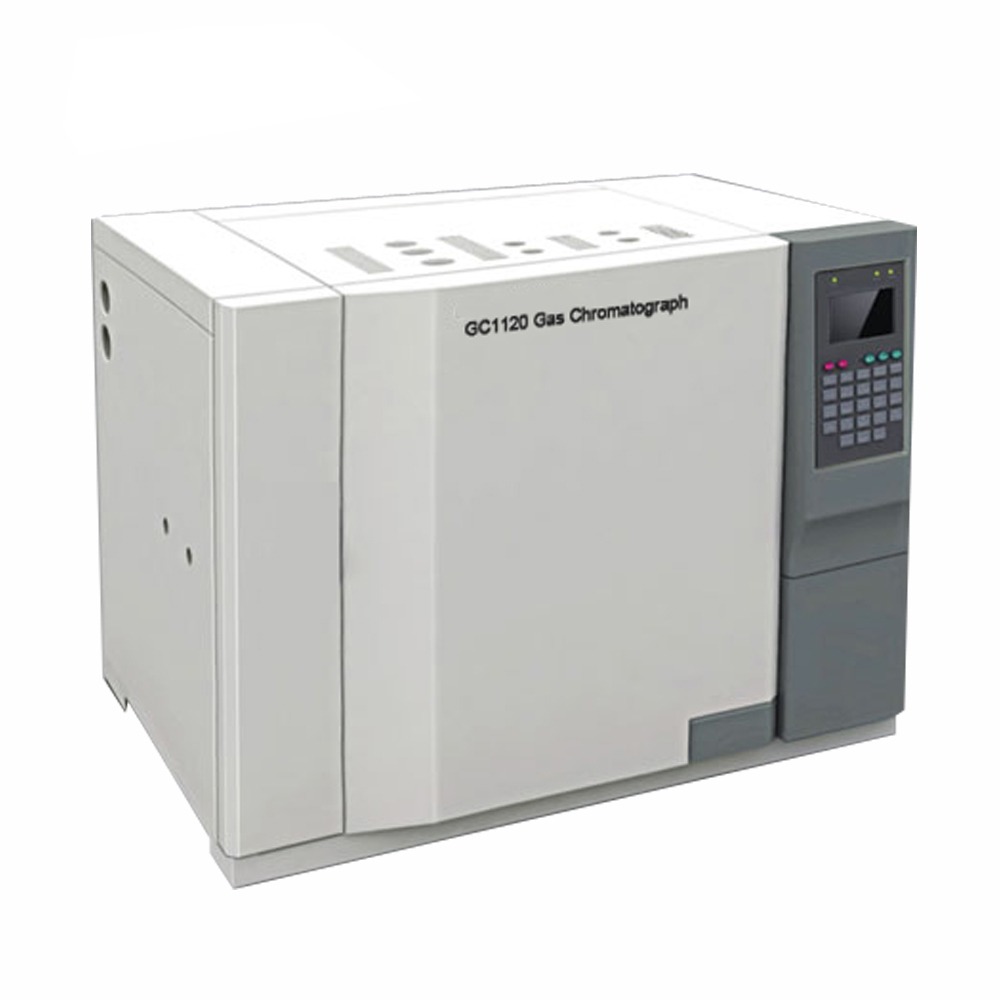
Importance of Analyte Distribution Measurement In Gas Chromatography
In gas chromatography, accurate measurement of analyte dispersion is critical. It can determine sample composition, identify specific components, and quantify analytes for a variety of applications. Environmental analysis, pharmaceutical research, the food and beverage sector, and forensic investigations all rely on analyte dispersion measurements. Understanding the parameters that determine analyte dispersion also enables for better separation conditions and technique development.
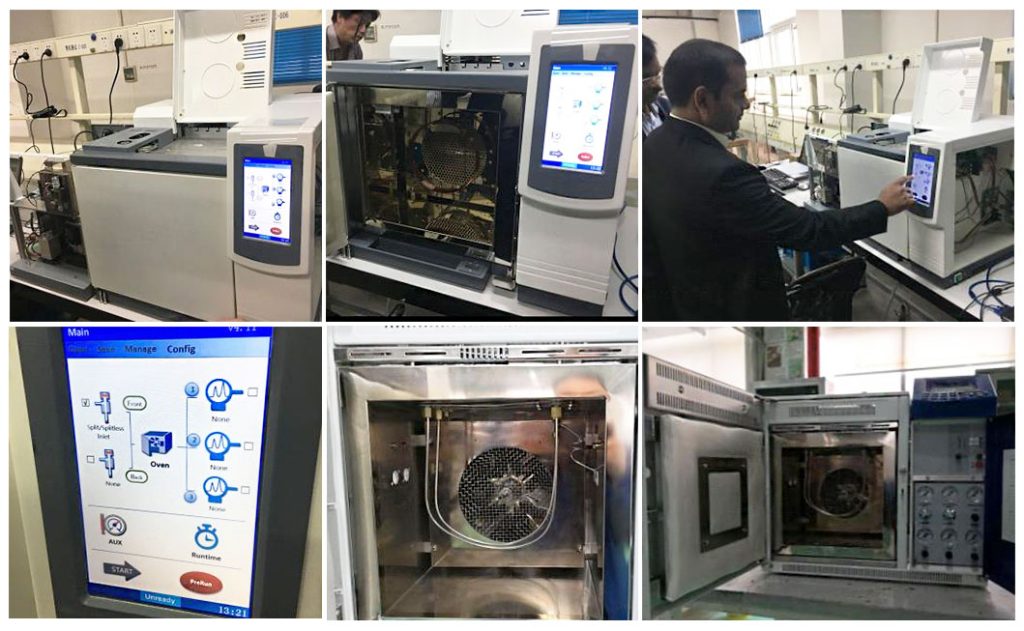
Measurement of Analyte Distribution between Stationary and Mobile Phases in Gas Chromatography
A column is used in gas chromatography, which contains a stationary phase (usually a thin film or solid substance) and a mobile phase (a carrier gas). The analytes in the sample interact with the stationary phase, which transports them through the column. The goal is to achieve separation based on analyte distribution differences between these two phases.
- Partitioning Phenomenon
The partitioning phenomenon governs analyte distribution, in which analytes disperse themselves between the stationary and mobile phases based on their affinity for each phase. Boiling point, volatility, polarity, molecular weight, and interactions with the stationary phase are all characteristics that influence analyte partitioning. Each analyte has a distinct partitioning tendency, resulting in separation depending on their distinct features.
- Separation Process
The injection of the sample into the system, usually in vaporized or gaseous form, starts the gas chromatography separation process. The mobile phase then transports the sample across the column. Analytes suffer various degrees of adsorption and desorption as they interact with the stationary phase. Because of this differential interaction, analytes are separated based on their partitioning behavior.
- Retention Times and Elution Order
An analyte’s retention time is the amount of time it takes for the analyte to transit from the injection port to the detector. Analyte distribution between phases influences retention durations. Components with a higher affinity for the stationary phase will retain longer, whereas those with a higher affinity for the mobile phase will elute sooner.
- Measurement and Detection
Detectors used in gas chromatography make it easier to measure analyte dispersion. To detect and quantify separated analytes, several detectors such as flame ionization detectors (FID), thermal conductivity detectors (TCD), electron capture detectors (ECD), and mass spectrometers (MS) can be utilized. These detectors create signals proportional to analyte concentration, providing useful information about their dispersion.
- Data Analysis and Interpretation
The acquired data is processed and analyzed after detection. A chromatogram is used to illustrate peaks related to the elution of specific analytes in chromatographic data. The identity of analytes can be determined by comparing the retention durations of these peaks to known standards or reference substances. Quantification can be achieved by measuring peak areas or heights, which reflect the relative abundance or concentration of the analytes.
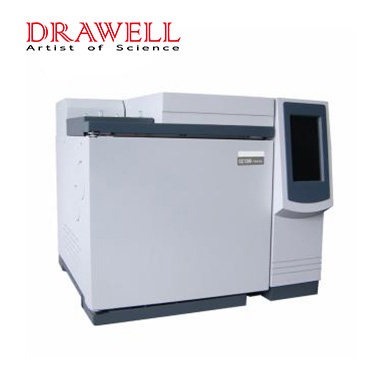
Summary
Gas chromatography(GC) is an effective analytical technique for determining the distribution of volatile chemicals in a sample. Scientists and analysts can achieve precise and trustworthy results in various professions and sectors by knowing the ideas and techniques involved in GC chromatography.

